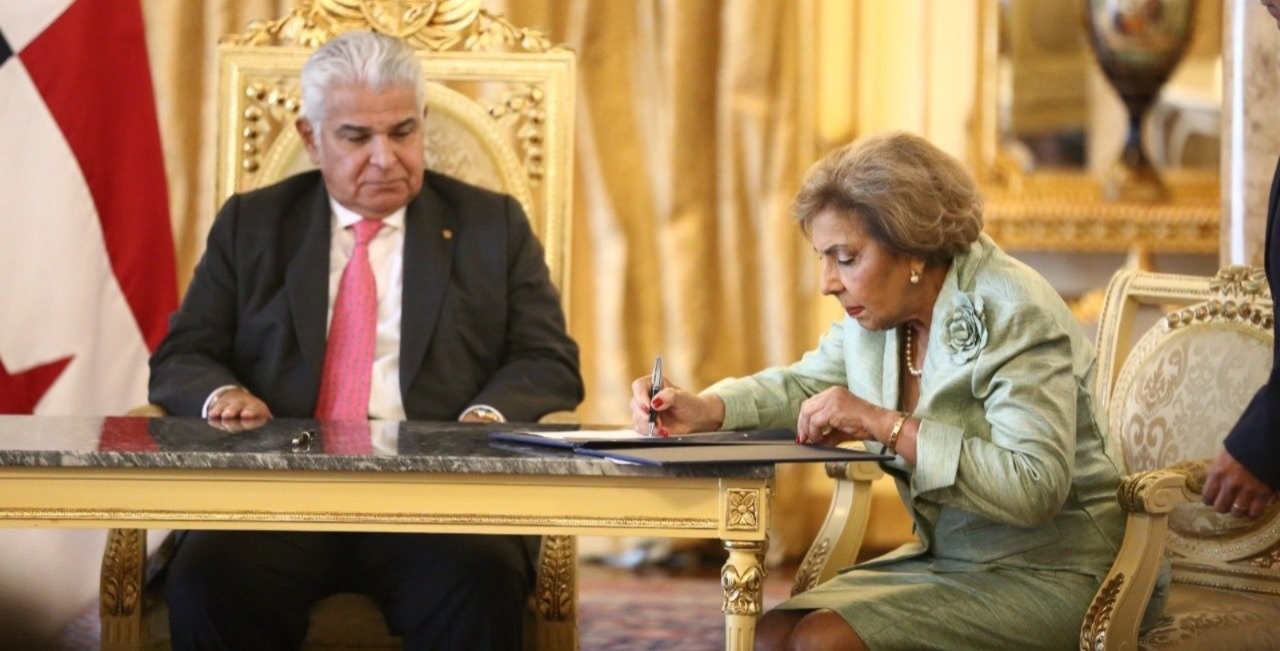Canada, US clocks spring forward

Clocks spring forward one hour this weekend in the United States and most of Canada as daylight saving come into effect until November.
In Europe the clocks change at the end of March.
The time change officially begins on Sunday at 2 am local time.
Time changes do not apply to Hawaii, most of Arizona, Puerto Rico, the Virgin Islands, American Samoa, and some parts of Canada have held out.
Most of Saskatchewan, as well as communities in B.C., northwestern Ontario, Quebec and Nunavut shun daylight time.
US founding father Benjamin Franklin first floated the idea of dalight saving in an essay published in the Journal of Paris in 1784. Franklin focused mainly on conserving candles in the morning hours, but it’s been suggested the essay was a sly commentary on the penchant of some in the French court for sleeping-in.
New Zealand entomologist George Hudson started promoting the idea in 1895, partly with the hope he’d have more daylight hours to study insects in the field.
Daylight saving time was eventually adopted by Germany in 1916 as a way of conserving coal and fuel during the First World War. The U.S., Britain and Canada followed suit soon after.
During WW II, Britain had “double summertime” with the clocks going forward two hours.





